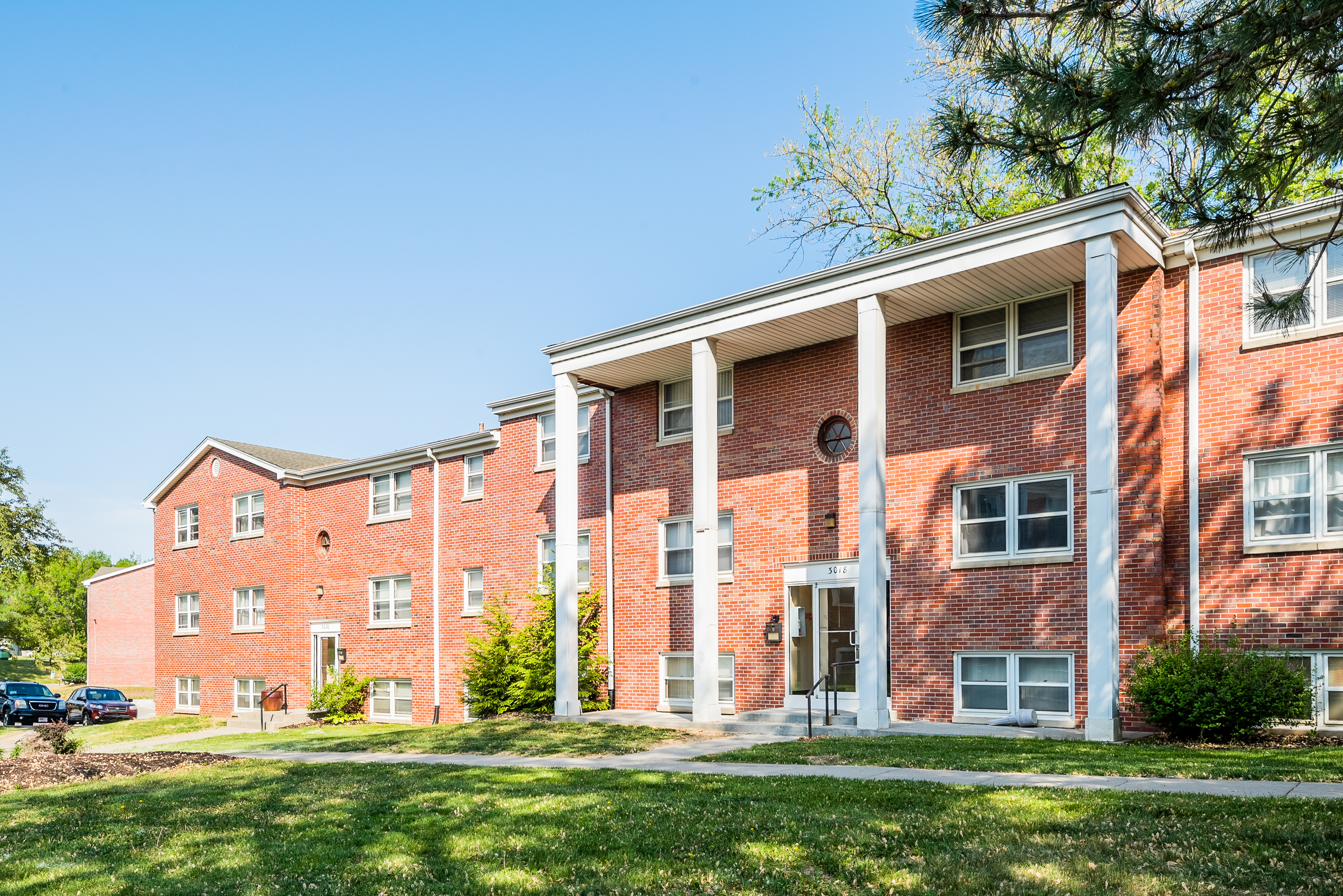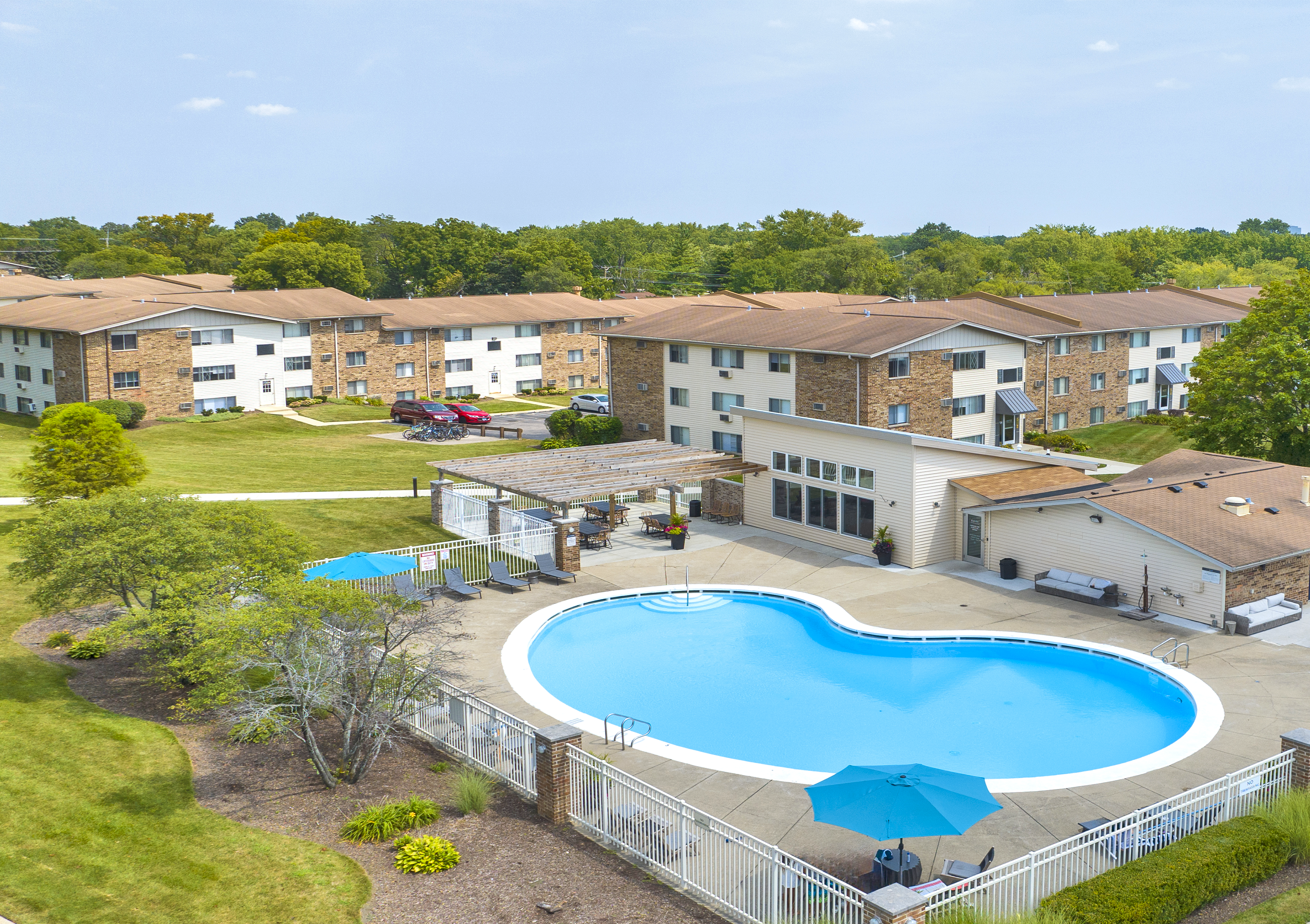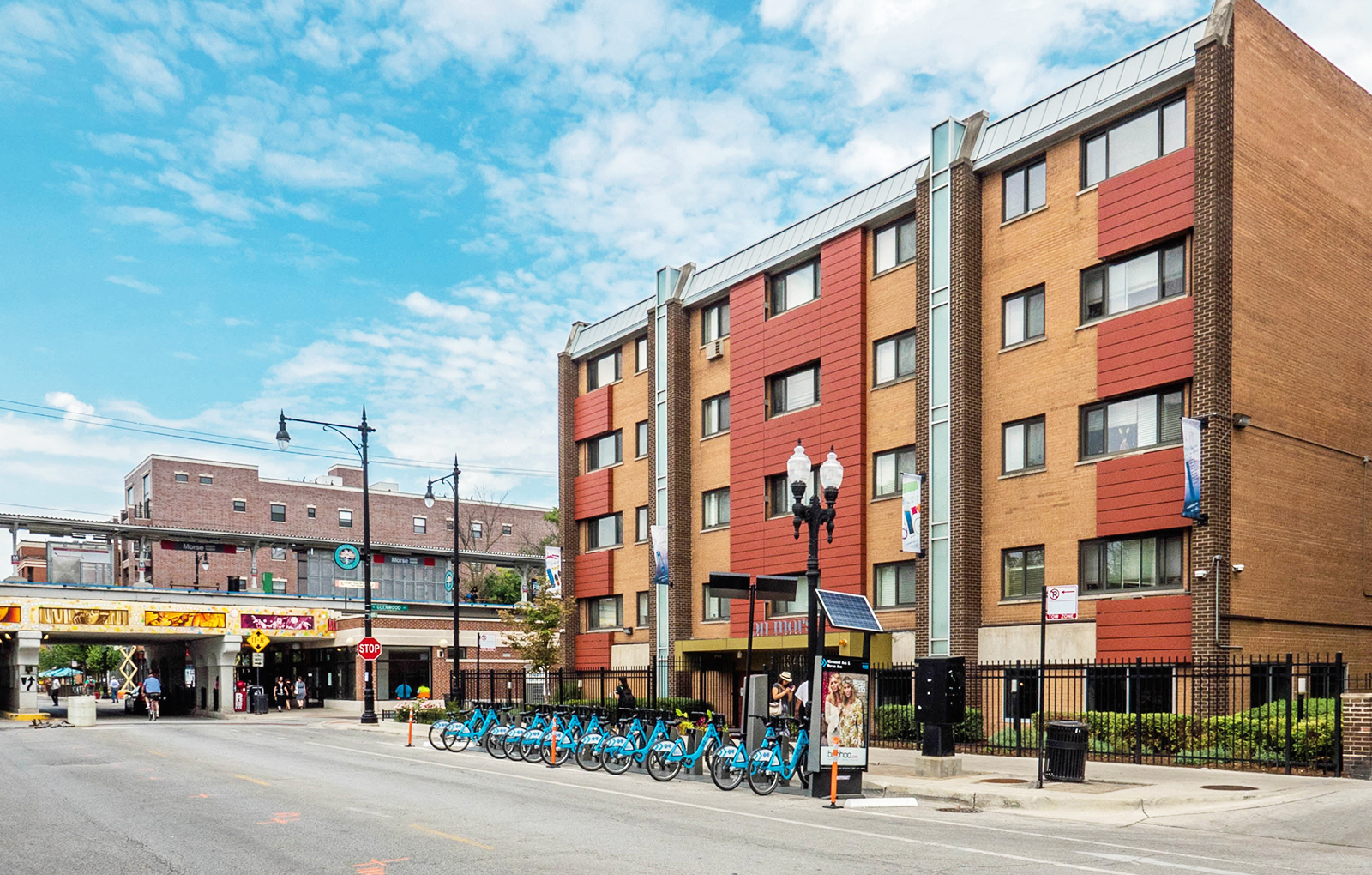Blog
The Role of Amenities in Boosting Property Value
Bender Companies /31 May 2024
Maintaining and enhancing your properties is crucial, not just to meet your residents’ evolving needs, but also to ensure the long-term viability of your investments. One key aspect of property renovations that demands careful consideration is the integration of amenities.
Amenities play a pivotal role in attracting and retaining new tenants, enhancing resident satisfaction, rebranding older properties, and ultimately driving the overall success of workforce housing properties. In this blog post, we’ll investigate the significance of amenities, explore various types commonly found in multifamily workforce housing, and discuss the potential advantages and drawbacks associated with each.
Before delving into the specific amenities, let’s explore some overarching trends and perspectives shaping the landscape of workforce housing renovations:
Focus on Tenant Experience:
Modern workforce housing trends emphasize the importance of tenant experience. Beyond mere shelter, residents seek properties that offer a holistic living experience, including amenities that enhance convenience, comfort, and community engagement.
Tech Integration:
The integration of technology has become increasingly prevalent in workforce housing renovations. Smart home features, high-speed internet access, and tech-enabled amenities like package rooms or lockers and digital communication platforms are becoming standard offerings, catering to the digital lifestyle of modern tenants.
Sustainability and Green Initiatives:
Sustainability is no longer just a buzzword; it’s a significant consideration for property owners and residents alike. Incorporating energy-efficient appliances, sustainable building materials, and eco-friendly amenities such as community gardens or recycling programs not only reduce environmental impact but also appeal to environmentally conscious tenants. Green amenities and upgrades can also reduce ongoing maintenance expenses.
Adaptability and Flexibility:
The COVID-19 pandemic has underscored the importance of adaptability and flexibility in property design and amenities. Workforce housing renovations are increasingly incorporating flexible spaces that can serve multiple purposes, such as co-working areas that can also accommodate virtual events or fitness centers with on-demand workout options.
Health and Wellness:
There’s a growing emphasis on health and wellness amenities in workforce housing properties. From fitness centers, soccer fields, and pickle ball courts, to walking trails and wellness rooms, these amenities promote physical and mental well-being are becoming key differentiators in attracting and retaining residents.
Now, let’s explore some amenity options that align with these trends while considering their potential benefits and drawbacks:
Fitness Center/Gym:
• Pros: Encourages an active lifestyle, promotes health and wellness among residents, adds competitive edge to property.
• Cons: Requires significant space and investment, ongoing maintenance costs.
• Costs to implement: $30,000 to $60,000.
Community/Meeting Room:
• Pros: Fosters community engagement, facilitates resident events and gatherings, enhances sense of belonging.
• Cons: Limited usage may require reservations, potential noise disturbances.
• Costs to implement: $15,000 to $30,000.
Swimming Pool:
• Pros: Attractive feature (especially in warmer climates), offers recreational opportunities, enhances property aesthetics.
• Cons: High initial construction and maintenance costs, liability concerns, seasonal usability limitations.
• Costs to implement: $30,000 (upgrade existing) to $200,000 (new commercial pool).
Dog Park/Pet Amenities:
• Pros: Appeals to pet owners, fosters a pet-friendly atmosphere, promotes social interaction among residents.
• Cons: Requires space allocation, ongoing maintenance, potential noise and cleanliness issues.
• Costs to implement: $10,000 to $30,000.
Playground/Recreation Area:
• Pros: Appeals to families with children, provides entertainment for younger residents, enhances family-friendly image.
• Cons: Safety concerns, liability risks, requires periodic inspections and upkeep.
• Costs to implement: $30,000 to $60,000.
Business Center/Co-working Space:
• Pros: Supports remote work culture, offers convenience to residents, enhances property appeal for professionals.
• Cons: Requires technology infrastructure, ongoing maintenance, may have limited usage.
• Costs to implement: $30,000 to $60,000.
Outdoor Grilling/Picnic Areas:
• Pros: Enhances outdoor living experience, encourages social gatherings, adds value to community living.
• Cons: Fire hazards, cleanliness maintenance, seasonal limitations.
• Costs to implement: $15,000 to $40,000.
Package Lockers/Concierge Services:
• Pros: Addresses package delivery challenges, enhances resident convenience and security, promotes modern living.
• Cons: Initial setup costs, potential technical issues, dependency on third-party services.
• Costs to implement: $8,000 to $20,000.
Incorporating amenities into workforce housing properties is a strategic investment that can significantly impact tenant satisfaction, retention rates, and overall property performance. In some cases, we acquire properties with dated amenities that need renovation or maintenance, while at other properties we are building new ground-up projects to consolidate these amenities in key central locations. A prime example of this is our recently completed clubhouse at Country Meadows in Madison, Wisconsin. This new addition features a fully equipped fitness center, a package room, and an outdoor dining and grilling area, offering our residents modern and functional spaces to enjoy.
However, it’s essential to carefully evaluate the costs, benefits, and practical considerations associated with each amenity to ensure alignment with the needs and preferences of your target demographic. By selecting and implementing amenities thoughtfully, you can enhance the appeal and competitiveness of your properties while creating a more fulfilling living experience for your residents.
By Jon Stocker, Director of Capital Projects and Renovations
YOU MIGHT ALSO LIKE...

Investing Investing / 26 Mar 2025
Bender Companies Enters Nebraska Market with Acquisition of The Colonial Apartments

Investing Investing / 31 Jan 2025
Bender Companies Acquires 550-Unit Apartment Community in Hoffman Estates, IL

Investing Investing / 10 Sep 2024